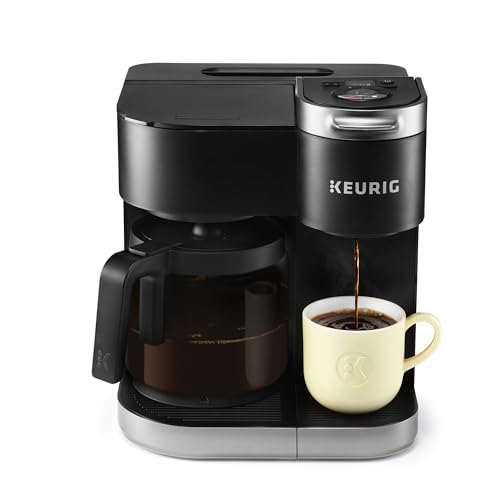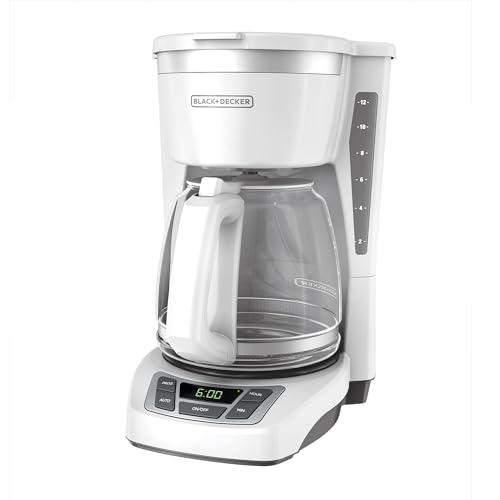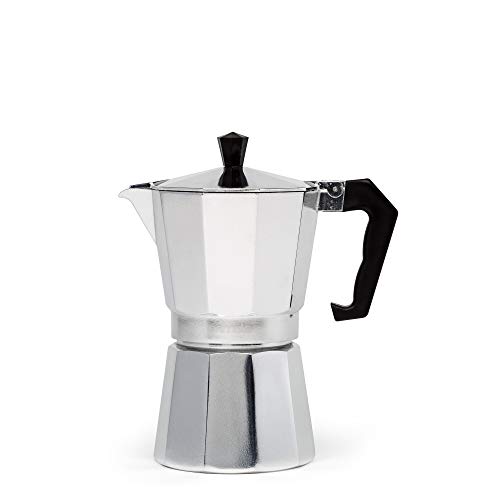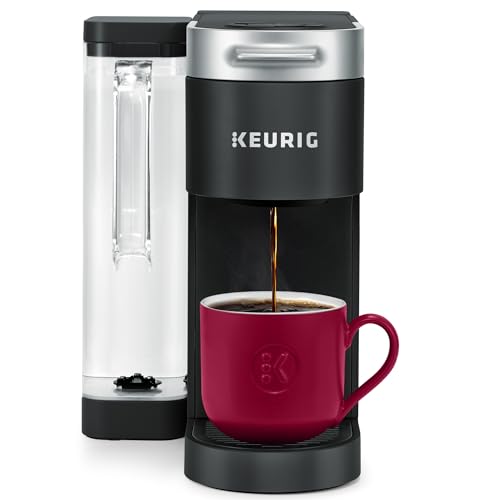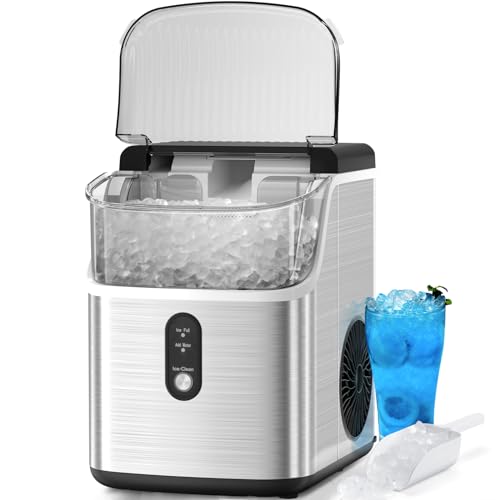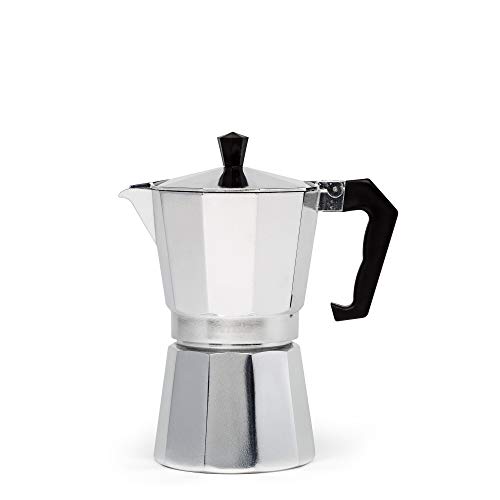“How To Use A Broiler Oven” is a topic that can revolutionize your cooking process, introducing you to a new world of culinary techniques. The broiler oven is a remarkable kitchen tool that often remains underutilized, primarily due to a lack of understanding about how to harness its potential.
This versatile appliance has the capacity to transform simple dishes into gourmet meals, given the proper guidance. It’s essentially an upside-down grill, mirroring the intense direct heat of an open flame.
Our guide aims to demystify the process of using a broiler oven. We’ll explore its functionalities, various applications, and safety considerations, enabling you to confidently navigate the broiling process. It’s time to tap into this largely ignored feature of your oven and elevate your cooking skills.
How To Use A Broiler Oven
Before you begin broiling, it’s crucial to understand your oven’s specific broiling functionalities. Broilers can vary significantly depending on the oven model. Some ovens feature a separate broiler drawer underneath, while others have an integrated broiler within the main oven compartment. Consult your oven’s manual to locate the broiler and understand its operation.
The next step is preheating your broiler. Unlike baking or roasting, broiling requires a high temperature; typically, the broiler is set to its maximum heat. Allow the broiler to heat for at least five minutes before introducing your food. This ensures the oven reaches the optimal temperature.
Proper positioning of your food is another key aspect of successful broiling. The food should be placed closer to the heat source for a crisp sear, while thicker cuts of meat may require a lower placement so they can cook thoroughly without burning. Adjust the oven racks accordingly to achieve the desired result.
A vital component of broiling is vigilance. Broiling can quickly burn food if left unmonitored, so it’s essential to keep a close eye on the cooking process. Generally, food should be flipped halfway through the broiling time to ensure even cooking and browning.
Lastly, always remember safety precautions when broiling. The intense heat can make the oven racks and broiler pan very hot, so always use oven mitts to handle them. Also, leaving the oven door ajar while broiling helps to prevent the buildup of heat and smoke.
With these tips at your disposal, you’re now ready to embark on your broiling journey. Happy cooking!
See more: How To Use Air Fryer Oven
Different Ways To Broil Different Types Of Food
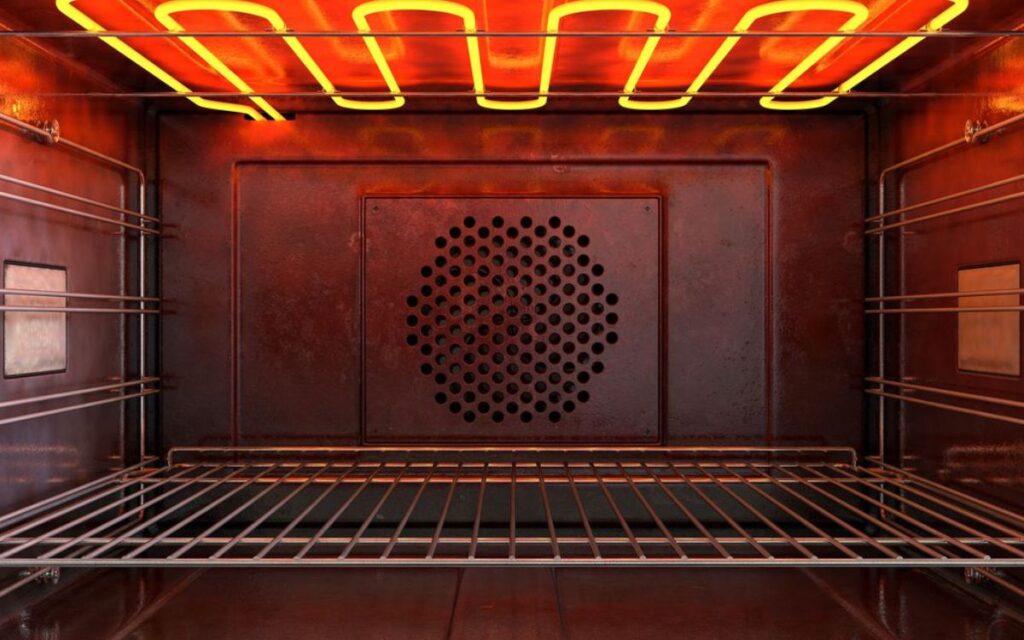
Meat is a common type of food that benefits greatly from the broiling method. For instance, when broiling steak, first marinate or season your meat according to preference. Place the steak on the broiler pan and situate it close to the heat source for a good sear. Turn halfway through to achieve an evenly cooked and browned steak.
Fish can also be broiled to perfection. Lightly oil the fish and season it before placing it in the broiler. Due to its delicate nature, fish should be monitored closely to prevent it from drying out or burning. Flip it once during broiling, just like meat, for even cooking.
Broiling is also ideal for cooking vegetables. Toss your veggies in some olive oil, sprinkle with salt and pepper, and spread them in a single layer on the broiler pan. Keep them farther from the heat and stir occasionally to prevent burning and ensure even roasting.
Don’t forget that broiling is a superb method for creating delicious desserts. Take crème brûlée, for example. After baking, sprinkle the custard with sugar and broil until you achieve that characteristic caramelized top. Similarly, you can enhance a simple fruit dish by broiling it with a sprinkle of sugar for a sweet and slightly charred dessert.
Remember that each type of food requires a distinct broiling method. Adjust the oven rack’s position, broiling time, and temperature accordingly. Always keep an eye on your food when broiling, as things can go from perfectly done to burnt in a matter of moments. With a little practice, you’ll soon be broiling like a pro.
FAQs
Broiling, while a straightforward technique, is an art form that requires a bit of finesse. It’s not just about cranking up the heat; it involves understanding your food, gauging the right distance from the heat, and perfecting your timing. With practice, patience, and a dose of culinary curiosity, you can master the art of broiling and create mouthwatering meals in your home kitchen.
Can I use aluminum foil on the broiler pan?
You can use aluminum foil on the broiler pan; however, it’s not generally recommended. Broiling involves high heat, and the foil can restrict airflow, resulting in cooking that’s more like steaming than broiling.
Additionally, the high temperatures can cause the foil to burn or melt, potentially creating a mess and posing a fire risk. It’s best to use a properly cleaned, unlined broiler pan for optimal results.
Can broiling be used for all types of food?
Broiling is a versatile cooking method that can be used for a wide range of foods, including meat, fish, vegetables, and even desserts. That being said, not all foods are suitable for broiling.
Delicate foods that need slow, gentle cooking, like custards or certain baked goods, might not fare well under the intense heat of the broiler. Always consider the nature and properties of the food before deciding to broil.
How do I know when my food is done broiling?
Determining when food is done broiling can depend on a few factors, including the type of food, its thickness, and your preferred level of doneness. Visual cues are very important – look for a nicely browned, slightly charred surface.
For meats, a food thermometer can be helpful to ensure it’s cooked to the correct internal temperature. However, the best indicator is often experience; over time, you’ll get a feel for the perfect broiling time for different foods.
Final Thought
In conclusion, broiling is more than a simple cooking technique. It’s a culinary tool that can transform ingredients, bringing out their flavors in unique and delightful ways. Mastering it requires patience, practice, and a willingness to experiment.
Careful attention to detail is crucial when broiling. This involves understanding the properties of your ingredients, fine-tuning the temperature and positioning, and closely monitoring the cooking process. These elements all converge harmoniously to produce delectable broiled dishes.
Over time, the art of broiling becomes an intuitive process. You’ll know instinctively when to adjust the heat, how to position the food, and when it’s perfectly done. It’s this knowledge, borne out of experience, that truly elevates your culinary skills.
Remember, broiling isn’t limited to meat and fish. It extends to vegetables, fruits, and even desserts, showcasing its versatility. So, don’t hesitate to experiment and explore the endless culinary possibilities that broiling provides.
In essence, broiling is a journey of culinary discovery. It’s about taking basic ingredients and transforming them into culinary masterpieces. So why wait? Start your broiling adventure today, and let the journey of flavors begin.
